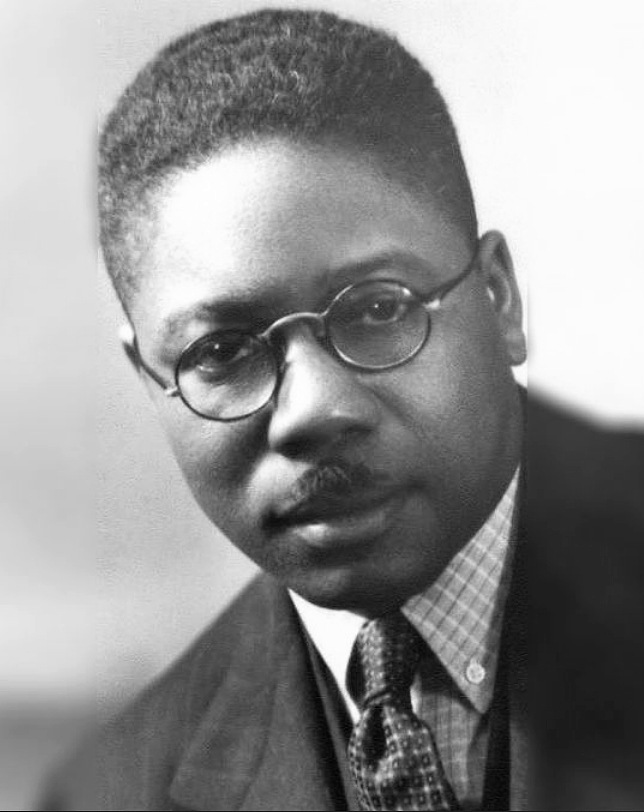Facts about Aaron Douglas
Aaron Douglas Biography
Aaron Douglas was an artist who rose to national prominence as part of the Harlem Renaissance, known especially for his murals of the 1930s that depict African American life in a style sometimes called Afro-cubism.
One of his most famous works is a series of murals, Aspects of Negro Life, done for the 135th Street branch of the New York Public Library (now the Schomburg Center for Research in Black Culture).
Douglas, a graduate of the University of Nebraska (1922) and the University of Kansas (1923), was trained in portraiture and began his career as a high school teacher.
Inspired by cultural happenings in Harlem, he left for New York City and by 1925 had been given a job at The Crisis, the famed publication of W.E.B. DuBois.
Douglas was also influenced greatly by Bavarian artist Winold Reiss, who encouraged Douglas to embrace his own African heritage in his art. Instead of portraits, Douglas became known for dramatic silhouetted figures informed by African iconography, cubism and art deco.
Within a few years, Douglas was a sought after illustrator. His first breakthrough came from his illustrations for the 1927 poetry collection Caroling Dusk by Countee Cullen.
In 1930 Douglas was commissioned for murals by Tennessee’s Fisk University, beginning what would be a lifelong relationship. At first a part-time instructor, Douglas accepted a full-time position at Fisk in 1940. He and his wife spent their time in Nashville and back in Harlem, where they kept an apartment.
Fisk retired from Fisk University in 1966.

